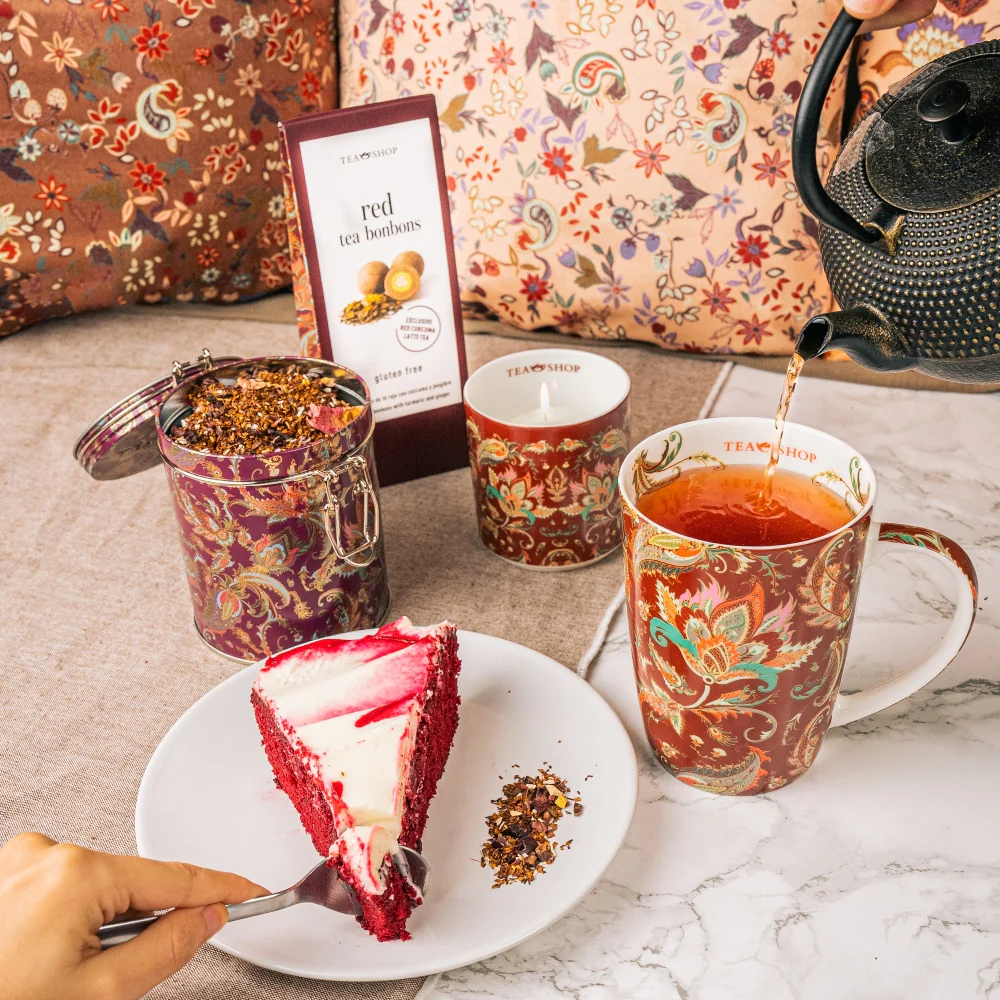
History of Chai Tea
The history of Chai Tea dates back to the origins of traditional Indian medicine, Ayurveda, which attributes healing properties to spices.
But its expansion came with the tea cultivation in Assam and Darjeeling, introduced by the British, who in 1830 depended on China's monopoly on tea for their supplies. The answer: to grow tea in India, which was their colony.
By 1900 about 90% of the tea consumed in England was grown in India.
But Indians did not like to drink tea, a fact that surprised the English, as it was unthinkable to them that anyone would not appreciate tea.
For this reason, they began to organize breaks in their Indian factories for their employees to drink tea, imitating the London custom.
Originally tea was served in the English style, with a cloud of milk and sugar, but soon street vendors, known as "Chai Wallahs", began to spice their drinks with spices, milk and sugar in the Ayurvedic tradition.
This fact infuriated the British, but it was not enough to prevent the birth of "".
Assam tea
The Assam Valley is located in northeastern India. This area, which enjoys a tropical climate, is covered with jungle, which had to be cleared to install the more than 1000 plantations installed today. It is crossed by the Brahmaputra River, which together with the abundance of rainfall, makes this land the most fertile tea producing area in the world.
Major Robert Bruce, a Scottish nobleman stationed in the Assam garrison in the early 19th century, discovered through a native nobleman of the Singhpo tribe, a tea bush that was unknown to the rest of the world (Camellia Assamica).
Bruce thought that this new variety could rival tea from China. In 1823, he met with Singhpo chief Bessa Gaum and obtained seeds and valuable information about the tea plant that enabled the birth of the industry in the area.
The elder Bruce died soon after (1824), but not before passing on his knowledge to his brother Charles, who later passed it on to the Secretary of the Tea Committee George James Gordon, who gave the definitive impulse to the cultivation in Assam.
On May 8, 1838, 160 kg of Assam tea were sent to London and sold at India House.
Those who tasted it were pleasantly impressed and with this first shipment a flourishing business began.
The tea in Assam has two harvesting periods, which coincide with the first two harvests in Darjeeling.
The most valued harvest is the second one, which produces its well-known Golden Tips teas, which diminish the natural astringency of the leaves, making it sweeter and softer.
It is a tea widely used in the different breakfast blends, English (for example the Strong English Breakfast), Irish (e.g. Irish Blend) and Scottish, thanks to its body, rich malty flavor and attractive color.
The most commonly used spices
- Clove: A tree native to Indonesia. The stamen of the flower is used and its name is due to its shape. In cooking, it is mainly used in meat stews and legumes. Its essential oil, Eugenol, is analgesic and antibiotic.
- Cinnamon: Cinnamon is native to Sri Lanka, the former Ceylon. It belongs to the Lauraceae family. They are the branches of shrubs called zeylanicum and verum, which once dry and without its bark form very aromatic tubes. Its flavor is sweet, woody and spicy. In the kitchen its main use is in desserts, rice pudding, custard, custard, etc.. It is carminative and effective in case of colic and stomach problems.
- Ginger: It is a root of Asian origin, cultivated in warm lands. Today its influence has spread notably throughout the world, in countries such as the United Kingdom where its consumption has spread and it is used in many preparations (curries, cookies, cakes, pies, tarts...). Ginger is a strong and spicy condiment. For this reason it is usually taken diluted in many products. It is very effective as a sudorific, febrifuge and relieves nausea caused by motion sickness.
- Vanilla: Native to Mexico, Vanilla is obtained from the pods of a climbing plant. The pods are full of seeds. It belongs to the Orchid family. It needs tropical and humid climates to grow. To get the vanilla, you must take these pods when they are still green and let them ferment, then expose them to the sun for 2 days and then store them in trunks for 7 months, in a well ventilated place. This is how they get their flavor, aroma and brown color. Its sweet flavor has made it an essential ingredient in confectionery all over the world. Relaxing and digestive properties are attributed to it.




Leave a comment
This site is protected by hCaptcha and the hCaptcha Privacy Policy and Terms of Service apply.